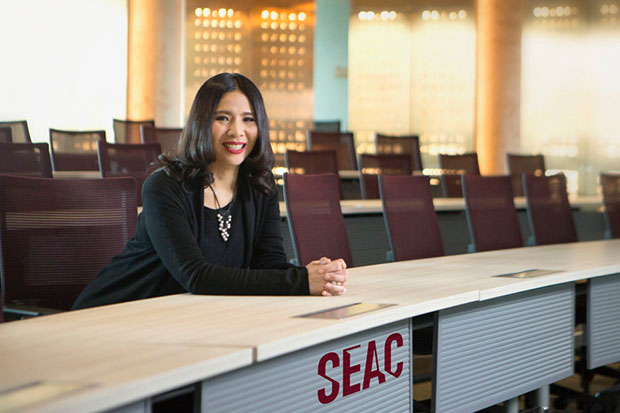
Humans are natural learners. At a young age, we learn how to walk and talk. We then progress through formal education at school, and many of us ago on to university to acquire more knowledge to pursue what we want to do in life.
Although learning comes naturally to us, we often forget how to learn, or what learning really means. Many people use the terms “learning” and “studying” interchangeably, but the truth is, they’re not the same.
While both terms refer to seeking and attaining knowledge, the crucial difference is that studying is associated with formal education, while learning can happen beyond the classroom and goes beyond acquiring knowledge to actually applying it in daily situations or at work and business.
This is why learning “how to learn” is essential. There are even online courses devoted to this very subject. But the reason why we need to relearn learning is that many of us are still stuck in the trap of believing that “studying” is the only way to succeed and that all learning ends with school.
Let’s take a look at how you can start to reframe your thoughts on learning and apply what you are learning.
First, understand that learning doesn’t only come from reading books or going to classes. If you want to truly learn and transform yourself, you take your learning anywhere. Whether it’s through conversations with people knowledgeable in a certain topic or online courses and video tutorials, you can still learn.
That’s not to say that you should immediately abandon books or drop all the classes you need to take, but you do need to understand that learning entails having a good blend of different activities that suit your real learning needs.
Second, scope out other ways to learn that could work for you. This could be anything from taking online courses to going out to networking events. The point is to expose yourself to different ways of learning.
Third, make learning digestible, just like cutting food into bite-sized pieces. Sitting in a lecture hall for hours or trying to read a book for a whole day for the purpose of learning can sometimes be overwhelming — and even a waste of time. It’s not only going to bore you but you won’t retain much from too many hours of doing the same thing.
Instead, divide your learning time into chunks with a break in between or a whole new activity entirely. Learning shouldn’t feel like a dreaded obligation, so don’t try to make it so. You should learn enough to get some information but not too much that you suffer from information overload.
Fourth, leave some time to reflect and truly understand the content you’ve just learned. You should allow yourself to process the content. Learning retention tends to fall when you do not take the time to process the information you’ve just gained.
This is the purpose of dividing learning into bite-sized pieces as well — it sets aside time for your brain to naturally process the information and make sense of it.
Sixth, keep practising what you’ve learned. You never stop learning and you should never stop practicing either. It is a good way to understand what you’ve learned better, but you’re also testing your assumptions at this point. You practise, you experiment — and you learn more.
Fifth, connect with like-minded people. Learning can also take place when you’re sharing your knowledge of a topic with others. You not only test your own knowledge through your own sharing, you also learn from others through their sharing.
Connecting with others is great way to learn but it is also a great way to build and nurture a learning community. This really supports the concept of future lifelong learning, and with like-minded people around you, you won’t slack off that easily.
In sum, many of us still don’t understand what true learning entails. In our modern, highly competitive era, understanding how continuous learning supports skill development and future success is so important. Continuous learning is the key to the future and we must do our part by first learning how to truly learn.
For this coming new year, let’s make learning how to actually learn part of our New Year’s resolutions and make it really happen.
Arinya Talerngsri is Chief Capability Officer and Managing Director at SEAC (formerly APMGroup) Southeast Asia’s Lifelong Learning Center. She can be reached by email at arinya_t@seasiacenter.com or https://www.linkedin.com/in/arinya-talerngsri-53b81aa